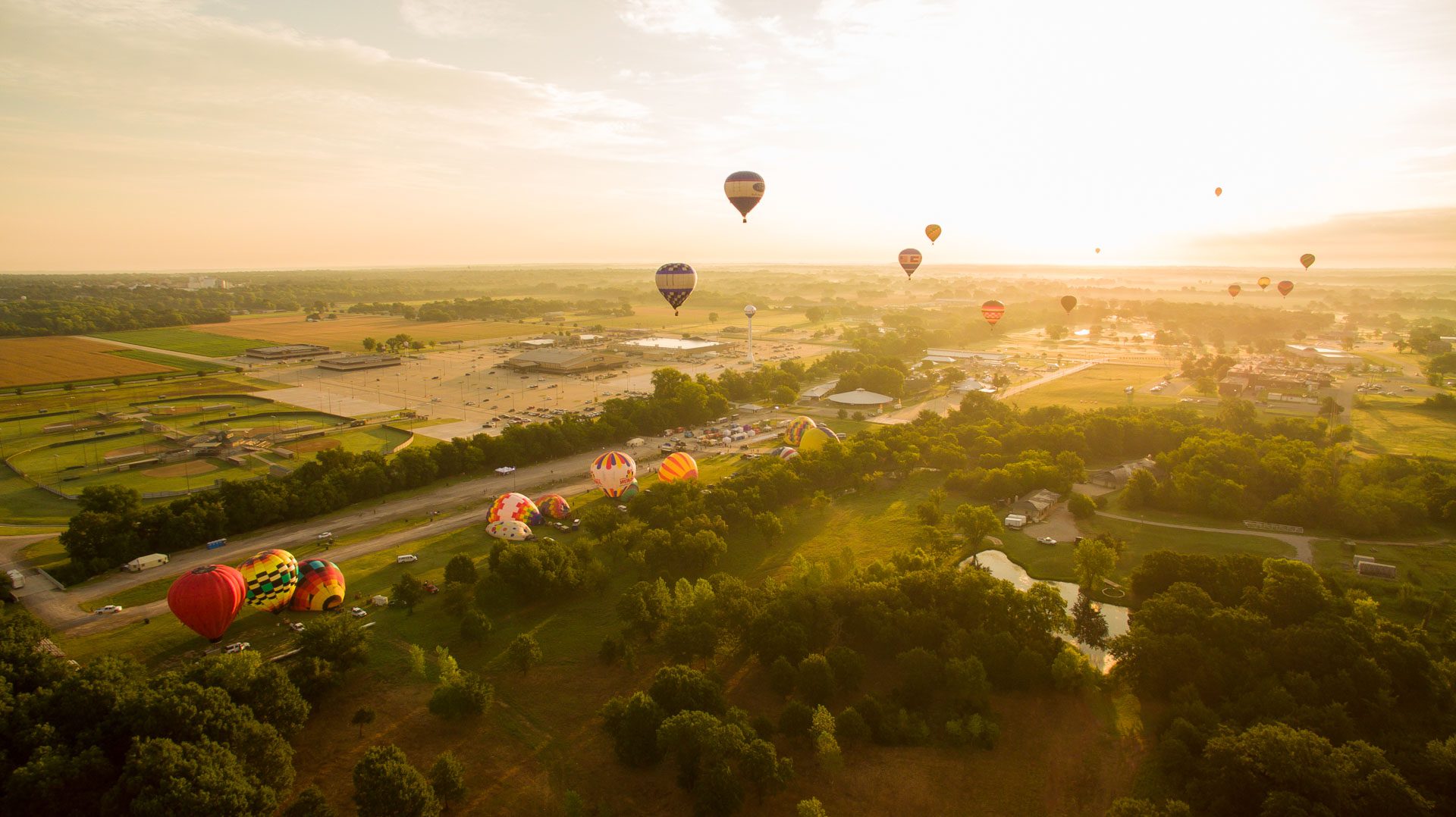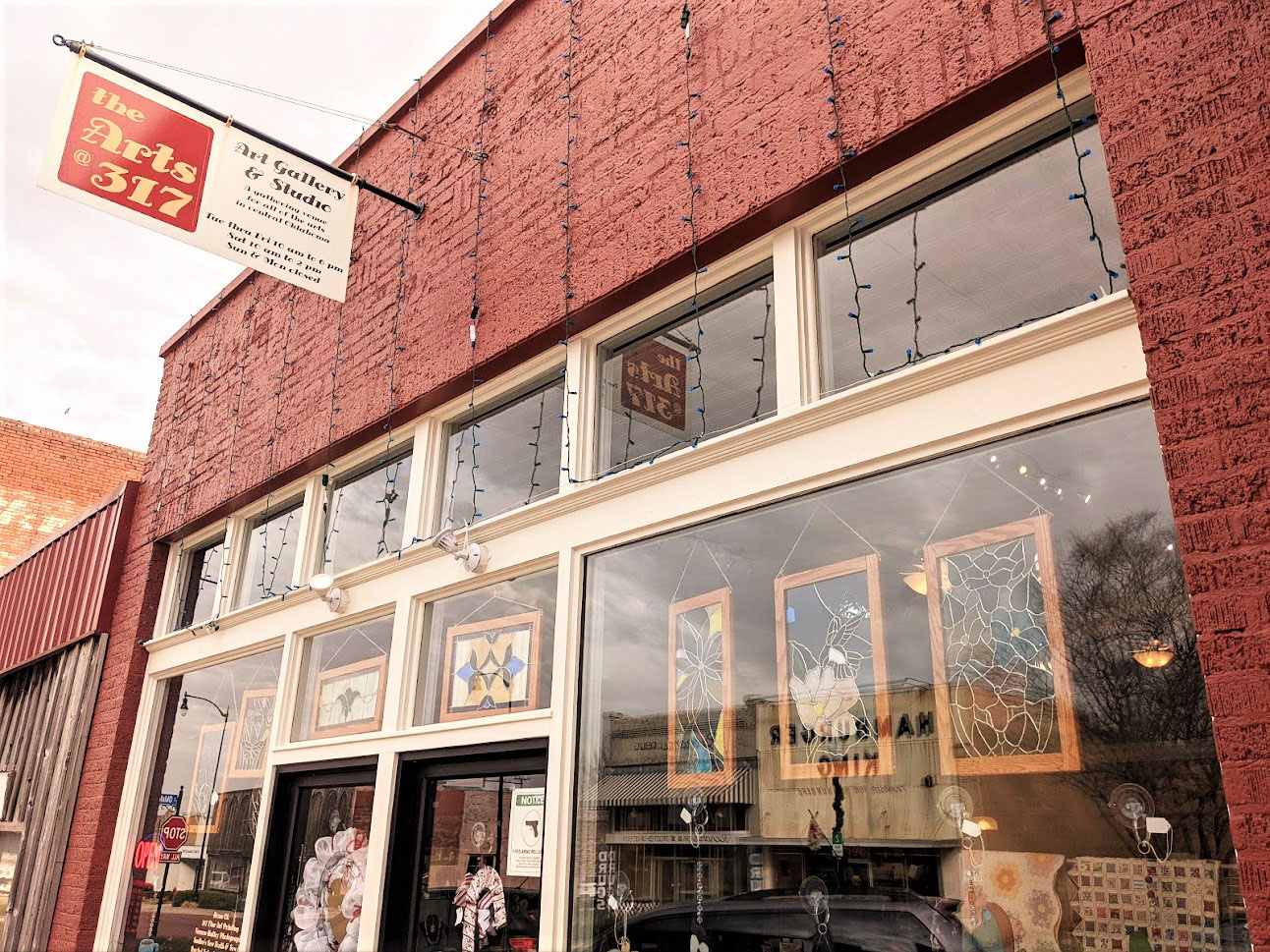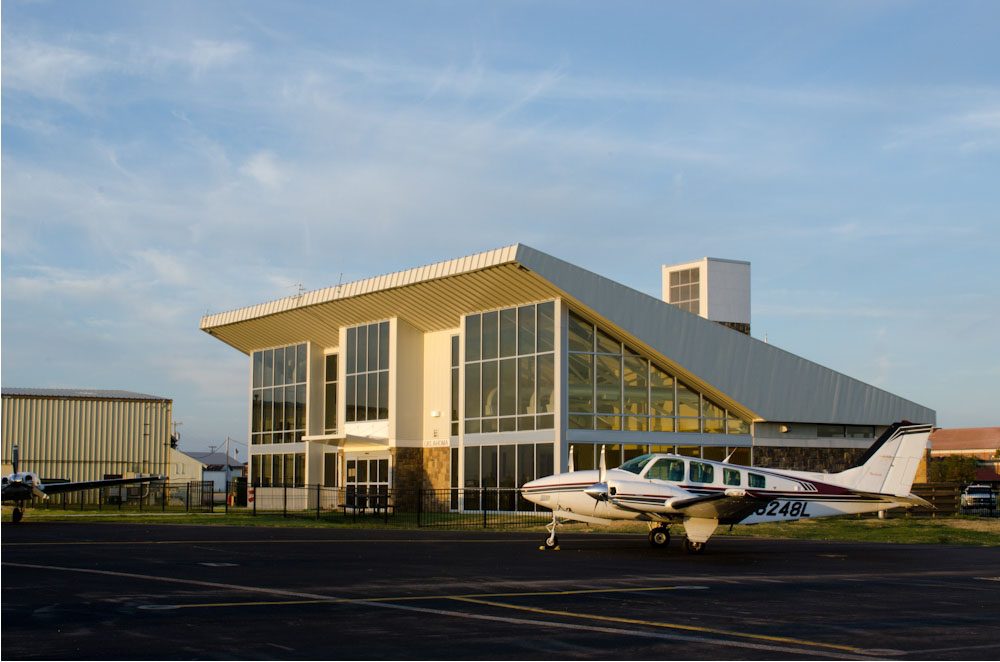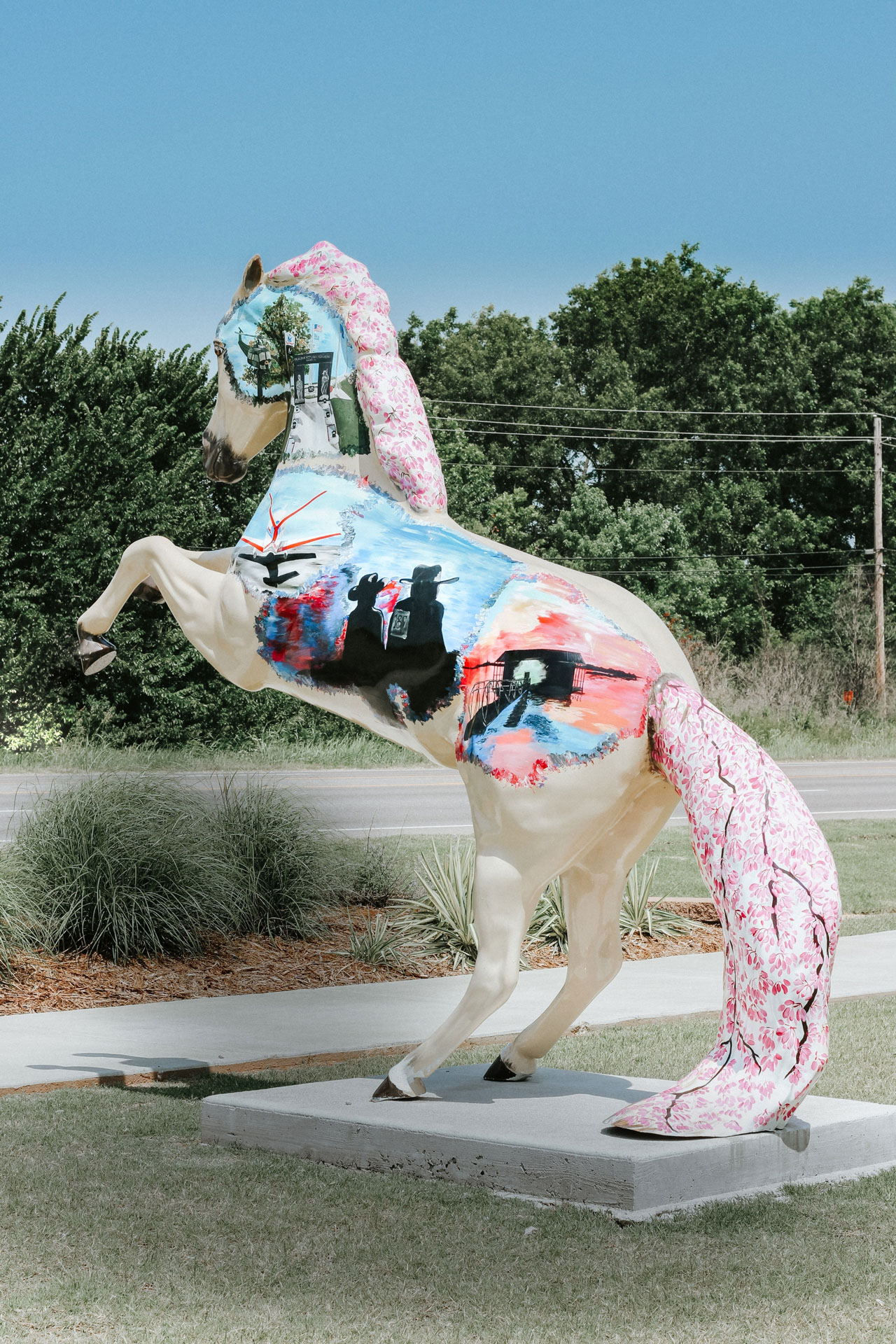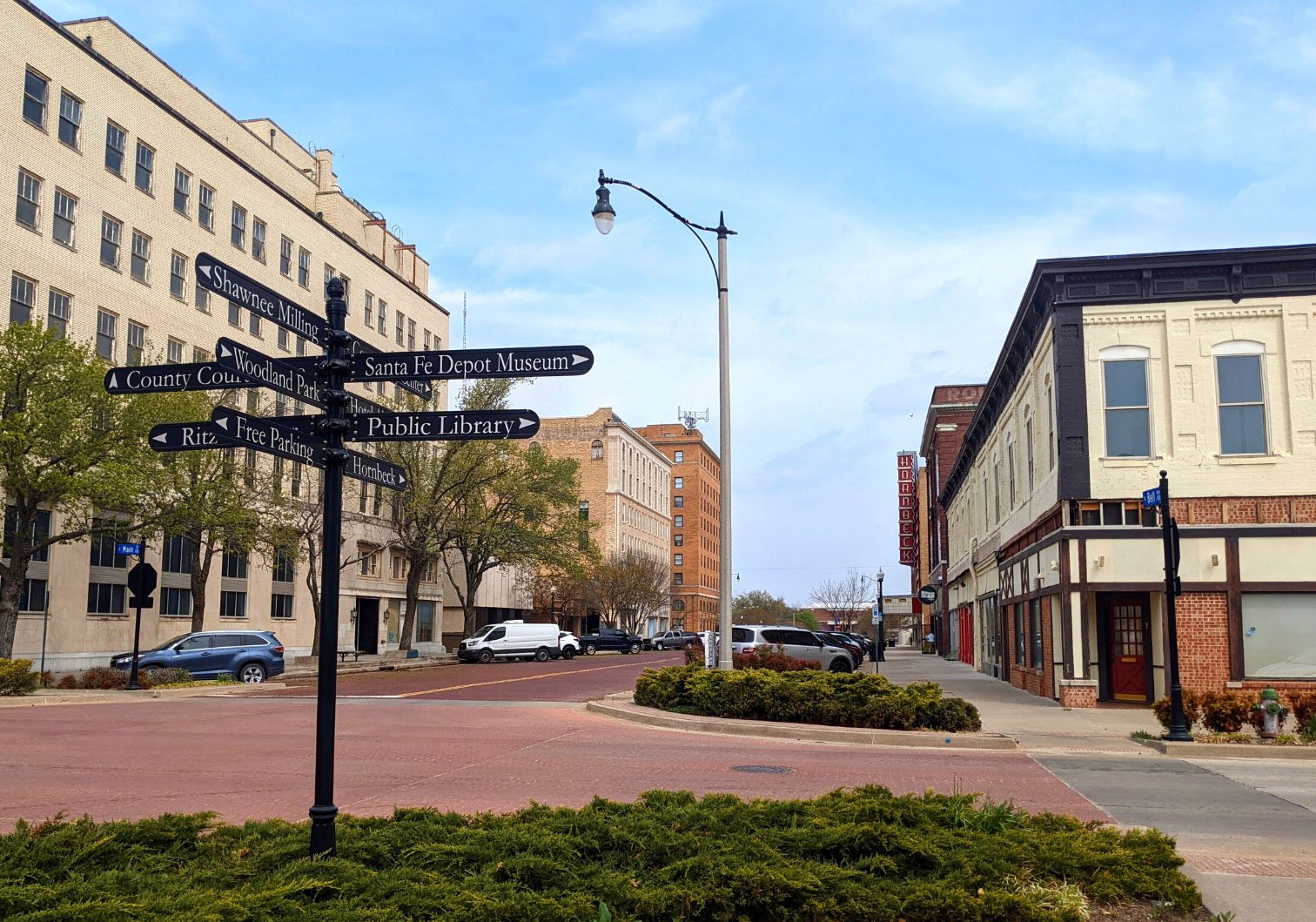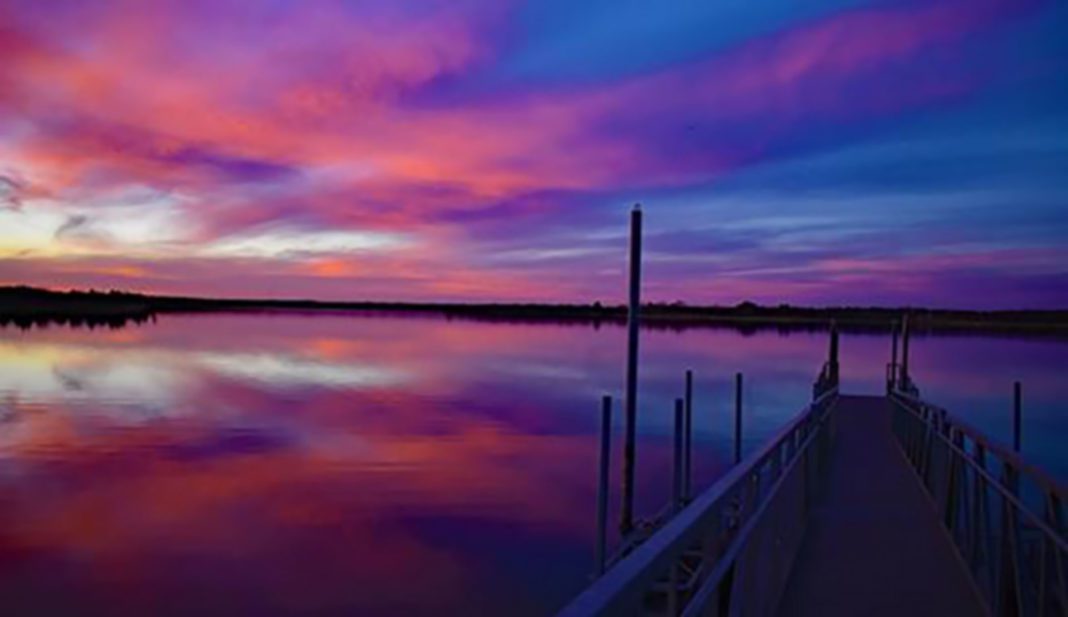Economic developers who tout a community’s main assets as “location, location, location” surely had a place such as Shawnee in mind.
Shawnee, a proverbial hop, skip and jump from downtown Oklahoma City and an easy drive from Tulsa and northern, southern and western parts of the state, is ideally situated, says Stacy Moore, Shawnee’s tourism director.
“We’re right in the middle,” she says. “We’re right on I-40, and minutes away from I-44 [Turner Turnpike], I-35 and Route 66.”
For those interested in looking around Shawnee itself, the Pottawatomie County seat beckons with an array of its own attractions and events.
“We have so much going on in Shawnee, I could fill the magazine,” Moore says from Shawnee’s newly-opened Visitor Center. “We’re big enough to have everything [a person] could possibly want – live entertainment, shopping, great restaurants – but we’re [only] 30 minutes from Oklahoma City.”
The downtown area, once the bustling hub of Shawnee’s business district, is alive again, Moore says, boasting art galleries, eclectic shopping, dining and several unique venues. Places to check out include the Nerf Battle Arena; Lumber Jack Jackson’s Axe Throwing; Oak, Ash & Thorn Metaphysical Shop; and the Arts@317 Art Gallery.
At the east end of downtown is one of Oklahoma’s most familiar landmarks that predates statehood, the picturesque Santa Fe Depot. It housed the Pottawatomie County Historical Society Museum for several years, but last year the entire collection was moved next door to the 12,500-square-foot Paul and Ann Milburn Center.
Ken Landry, museum director, says fund-raising for the new museum began several years ago, with a total of $2 million raised. Local philanthropists Paul and Ann Milburn gave the final $500,000 after a fund-raising challenge was met.
Donations through the years have run the gamut from typewriters to vintage vehicles, including a 1948 LaFrance fire truck.
“You name it, we’ve got it,” says Landry.
Contributing to Shawnee life in a major way, Moore says, is the Citizen Potawatomi Nation which, according to its website, operates more than 30 tribal government programs and commercial enterprises. CPN public information officer Jennifer Bell says the tribe provides a $500 million local impact.
The tribe is Shawnee’s largest employer, Moore says, and has enhanced Shawnee life in many ways.
Among the tribe’s major enterprises are the Grand Casino Hotel and Resort and the Firelake Entertainment Center. They also include a culture center, golf course, bowling alley, supermarket and softball complex – and most recently, the 5,000-seat FireLake Arena, home court for the Potawatomi Fire, the first tribally-owned professional basketball team in America, according to the tribe’s website.
Its largest annual event is the Firelake Fireflight Balloon Fest, scheduled this year for Aug. 12-13.
Shawnee is also home to Oklahoma Baptist University, founded in 1910 by the Baptist General Convention of Oklahoma. In 2019, OBU acquired the campus of St. Gregory’s University, which closed in 2017. The campus includes the Mabee-Gerrer Museum of Art, which Moore says possesses the only authentic Egyptian mummy in Oklahoma and the largest collection of Egyptian artifacts west of the Mississippi River.
Did You Know?
Scattered throughout Shawnee are some 34 horse statues, most painted by local artists. Moore said the horses began appearing in 2007 as part of Shawnee’s participation in the Oklahoma centennial.
The Shawnee Milling Co. – Oklahoma’s only flour mill that sells directly to the public – continues to operate south of Shawnee’s downtown. Moore says the company introduced in 2021 its first new mix in 20 years last year – pumpkin spice muffin mix.
The Sonic Drive-In chain began in Shawnee, tracing its history back to 1953 and a small root beer stand called the Top Hat. In 1959, after successfully operating a handful of Top Hat locations, Troy Smith and partner Charles Pappe christened the existing locations Sonic, a good match for their slogan, “Service at the Speed of Sound.” Today there are more than 3,500 Sonic restaurants in 46 states.
Leroy Gordon Cooper, born and raised in Shawnee, was one of the original seven astronauts in Project Mercury, America’s first human space program. In 1963, Cooper piloted the longest and last Mercury space flight, Mercury-Atlantis 9.
